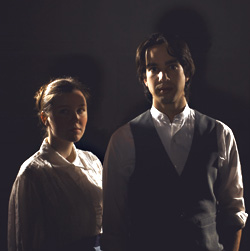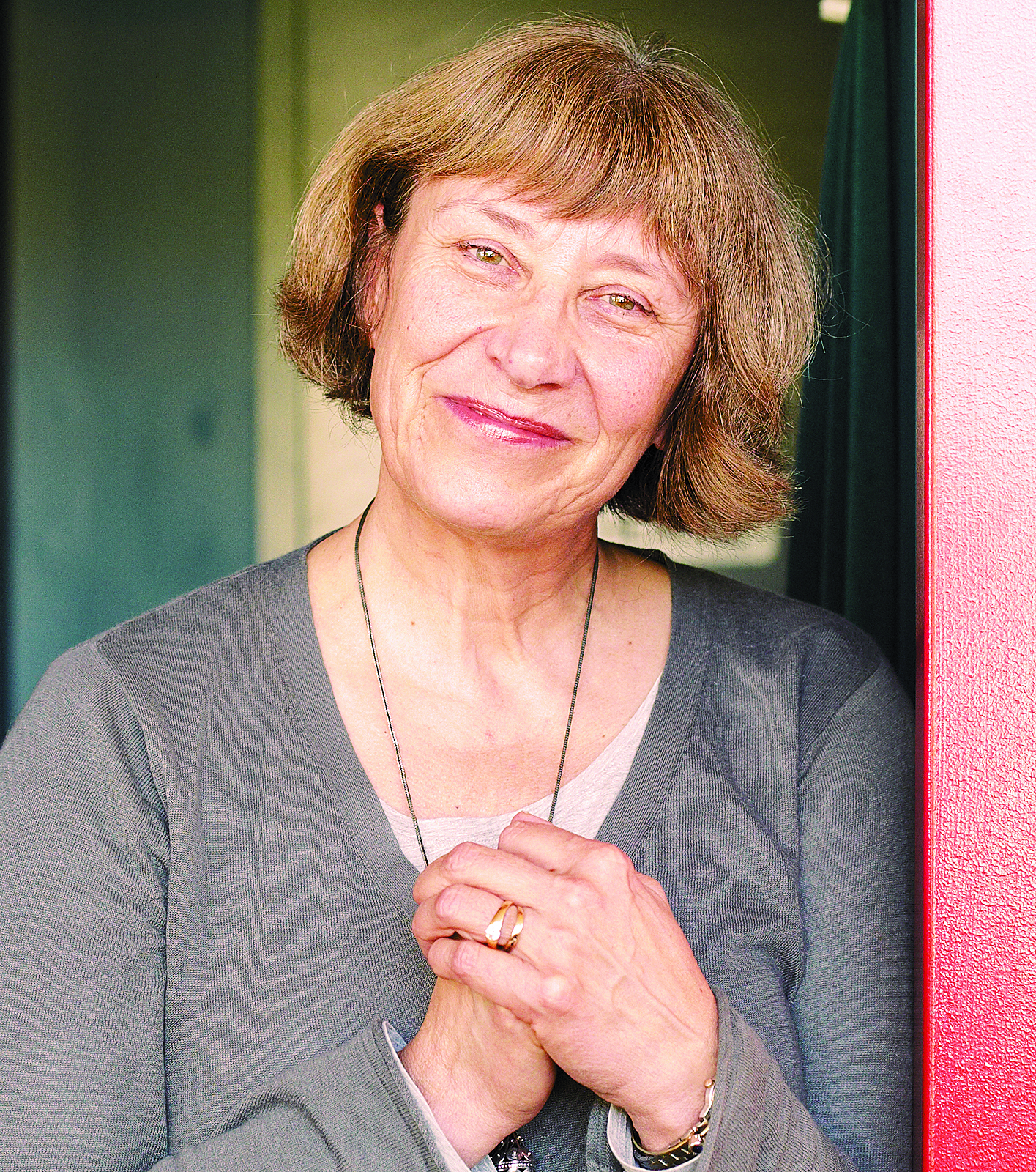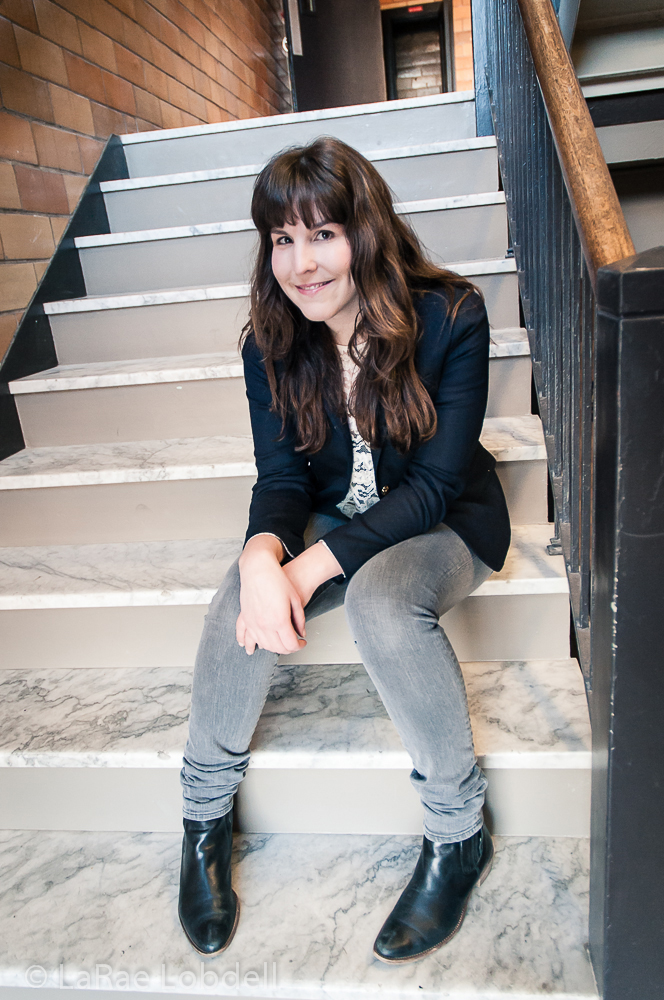How do you keep an arts scene from collapsing? Only five years ago Capitol Hill was Seattle’s most vital performing-arts neighborhood, with around a dozen small venues filled year-round with theater, dance, and comedy. But the recent development frenzy is doing a good job of wiping much of that out.
The latest evidence was the sale of the Oddfellows Hall on Broadway and Pine, which housed four performance spaces (Seattle Chamber Theater, Velocity Dance Studio, and the two operated by Freehold Theater Lab), as well as rehearsal rooms and office spaces for numerous small arts groups. The new owner is Ted Schroth of GTS Development, who doubled his residents’ rents and in one fell swoop wiped out nearly half of the Hill’s arts venues. Only the Century Ballroom is slated to remain in the building.
At a recent meeting at City Hall organized by a coalition of artists, funders, and City Council members, a solution of sorts was proposed, something called a Cultural Overlay District. This would be a series of incentives and policies involving government, developers, and artists to encourage the preservation of arts space on the Hill. The meeting participants included not just the usual suspects (desperate artists and one or two administrators), but small-business owners, independent filmmakers, and the artistic director of Seattle Theater Group, Josh LaBelle, who argued that the cultural benefits afforded the Paramount and the Moore be extended to these smaller venues. Wonder of wonders, several developers gave speeches of support too, including Wesley Oaks of Pioneer Property, Liz Dunn from Dunn & Hobbes, and Richard Muhlebach of Kennedy Wilson. With five City Council members also in attendance (including sponsor Nick Licata), some solutions might actually emerge while there are still art venues to save.
Conspicuous by his absence was Schroth, who’d gotten an earful at a meeting earlier this year at the Capitol Hill Arts Center. It’s hard to blame him for his actions as the new landlord of Oddfellows, but it’s hard to like him much either. As a developer, he’s got a major investment in what’s proving to be a weirdly fluctuating property market. But doubling the rent within the first four months of buying the property is fundamentally economic eviction, particularly for groups with little ready cash in their coffers. For nonprofit groups like Velocity, hoping to compete for space in the current market is more than daunting, it’s life-threatening.
What could Schroth have done otherwise? How about keeping rents fixed for a year while waiting on major renovations? How about actively partnering with these organizations to help them transition to a new home? Recent city legislation makes it mandatory that developers displacing low-income housing must replace it—why isn’t this equally binding for those who displace arts space? (A study last year by Seattle Arts and Culture suggested something like this—but as a nonbinding incentive.)
The case of Open Circle Theater, however, shows that it’s not enough to have enlightened developers. Long a resident of the Denny Regrade, Open Circle lost its space late last year as part of Vulcan’s master plan for the area. Originally their liaison at Paul Allen’s company made a good-faith effort to find them a new home, even offering to make upgrades to another empty building to make it performance-worthy. But for months they were stymied in their efforts to provide a venue by requirements from the Department of Public Development, which has strict and complicated codes regarding fire safety, seismic readiness, and barrier-free access. Now a new liaison is on staff at Vulcan, and Open Circle is currently homeless and performing in various venues.
More than goodwill is required to save arts space on the Hill. Government agencies like the DPD have to start cutting red tape, enlightened developers have to be granted incentives to house art groups, and their less-thoughtful brethren should face penalties and restrictions. The alternative is a neighborhood that’s another bland collection of condos and retail—and an artistic community that’s scattered, diminished, and demoralized.








